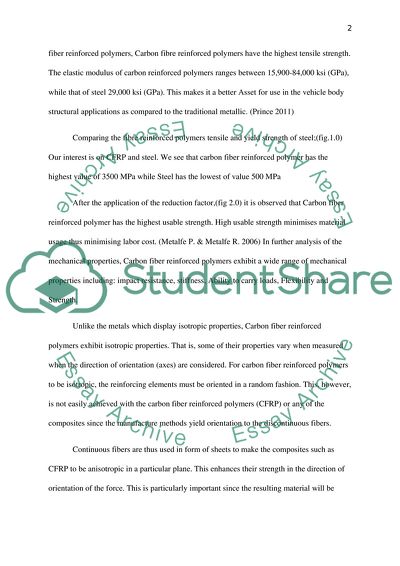Cite this document
(Carbon Fibre Reinforced Polymers Assignment Example | Topics and Well Written Essays - 1250 words, n.d.)
Carbon Fibre Reinforced Polymers Assignment Example | Topics and Well Written Essays - 1250 words. https://studentshare.org/engineering-and-construction/1817392-material-scinece-courswork-2
Carbon Fibre Reinforced Polymers Assignment Example | Topics and Well Written Essays - 1250 words. https://studentshare.org/engineering-and-construction/1817392-material-scinece-courswork-2
(Carbon Fibre Reinforced Polymers Assignment Example | Topics and Well Written Essays - 1250 Words)
Carbon Fibre Reinforced Polymers Assignment Example | Topics and Well Written Essays - 1250 Words. https://studentshare.org/engineering-and-construction/1817392-material-scinece-courswork-2.
Carbon Fibre Reinforced Polymers Assignment Example | Topics and Well Written Essays - 1250 Words. https://studentshare.org/engineering-and-construction/1817392-material-scinece-courswork-2.
“Carbon Fibre Reinforced Polymers Assignment Example | Topics and Well Written Essays - 1250 Words”. https://studentshare.org/engineering-and-construction/1817392-material-scinece-courswork-2.


